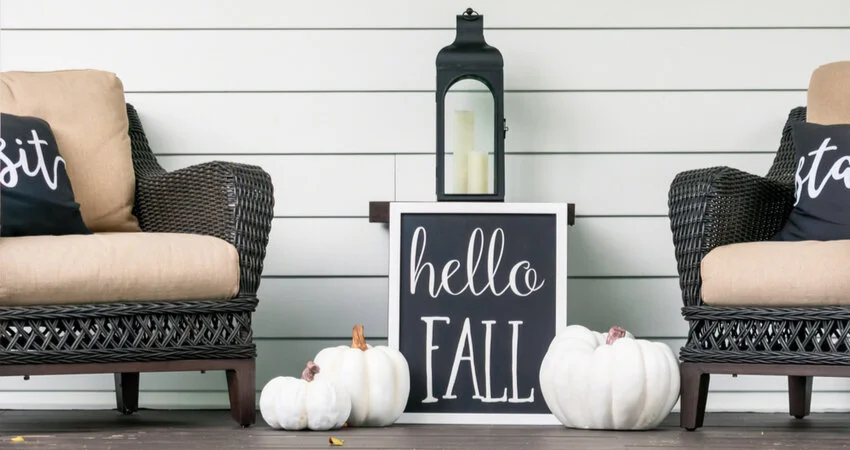Energy Insights: 9 Fall Energy-Saving Tips
Fall is the time of year when the humidity breaks, the landscape changes colors, and the cooler temperatures arrive. Many of you are excited to find some relief from the heat. While the warm temperatures still linger, it is important to start thinking about saving energy on the cooler days ahead. Here are nine ways how you save energy this fall:
Let the sun heat your rooms.
Use curtains to your advantage. During the day, opening the curtains to let in sunlight from south-facing windows will help warm the room without using any extra energy. In the afternoon, close the curtains to hold in heat and keep the chill-out. Use the sun's energy and warmth to your advantage!
Lower your home's thermostat
A simple way to achieve fall energy savings is by running your heating system less often. Keeping your thermostat between 68-70°F (20-21°C) during the day and lowering the temperature further at night will help to reduce the energy usage needed to heat your home.
Many people forget to lower their thermostats at night. One of the benefits of a smart thermostat is that you don't have to rely on your memory. Instead, the thermostat will adjust the temperature according to the schedule that you set.
Seal cracks, leaks, and drafts
Before it gets too cold, check your windows and doors for gaps and open areas that could let heat out or cold in. Using weatherstripping and caulking before you're in the thick of winter will contribute to significant savings if you catch the drafts in time. DIY Energy Saving Project: How to Seal Air Leaks with Caulk. — The Wire by XOOM Energy
Reverse ceiling fans
We think of ceiling fans as a tool to cool us down, but they can also work to keep us warm. When you set the fan's direction to turn clockwise, it pushes the warm air that has risen to the ceiling back down into the room. It also helps redistribute the air, so the air coming out of the vents reaches all parts of the room rather than having warmer and cooler air pockets in different areas.
Replace your indoor air filter
This tip is helpful year-round but is one that can be easily forgotten. When dust and dirt build up on HVAC filters, it makes the entire system work harder than it needs to, therefore using more energy.
Use less energy for water heating.
Check the temperature setting to make sure it isn't set too high. For most people, temperatures between 110 and 120 degrees are hot enough for washing dishes and bathing.
Schedule a Fall HVAC Tune-Up
Fall is the perfect time to get an HVAC tune-up. Your heating and cooling system has just made it through the strenuous summer weather season and is getting ready to have to work hard all over again this winter. So, if something is going to go wrong with your HVAC system, a tune-up may be able to catch the problem before you're stuck without heat in the middle of a winter storm.
Consider a humidifier.
The health benefits are known, but the Fall/Winter energy savings you can get from a humidifier can be as high as 20%. In addition, humidity keeps your warm, forced air trapped in the living area in the house longer, thus satisfying your thermostat longer. 5 Benefits of Using a Humidifier This Winter — The Wire by XOOM Energy
Check your fireplace for drafts.
If you have a fireplace in your home, that's another opening to the outside. Fireplaces can be a major source of lost heat, so your heating tips for the fall should include making sure that doesn't happen. Also, if you have a loose or damaged damper, your chimney can suck heat from your room. Make sure to keep your chimney and damper in good condition.





